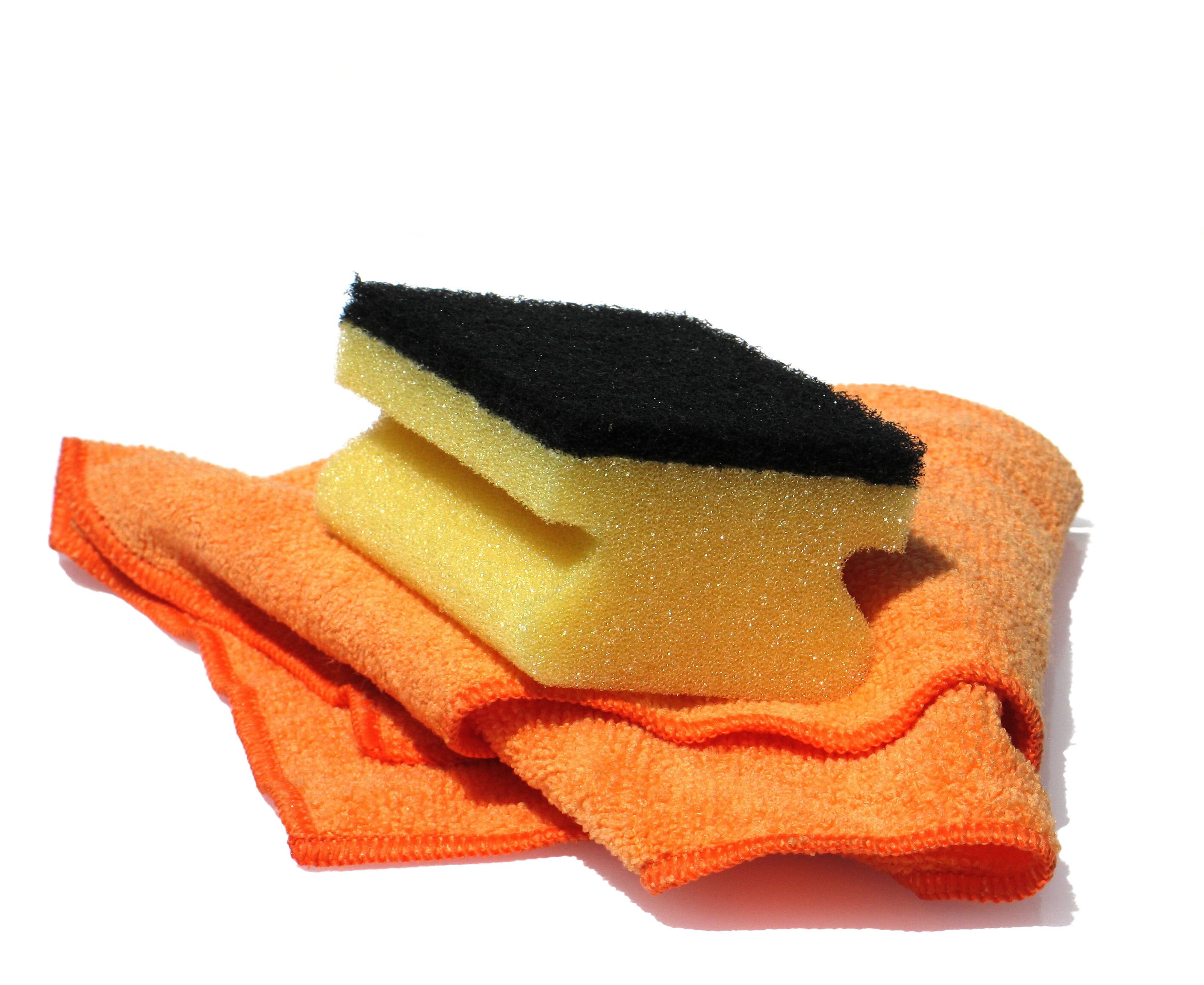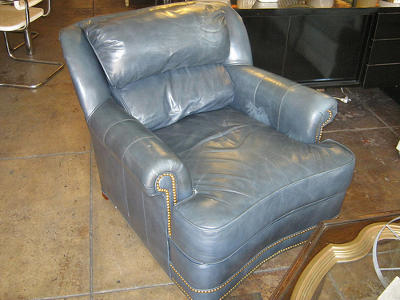To keep your furniture looking nice and new, it is essential to polish it at least once a year. The process is fairly easy, but deciding on which polish to use may be difficult. When choosing the best furniture polish for wood, the most important factor is whether it will damage your furniture or not. The three major types of polish are spray polishes or aerosols, liquid polishes, and semisolid polishes. The advantages and disadvantages of each are discussed below.
Spray Polishes or Aerosols
Spray polishes or aerosols are the handiest polishes, but because they contain contaminants such as silicone oils, they are also the most damaging. These kinds of polishes should only be used on hard surfaces and not on furniture made with fine wood.
Liquid Polishes
Liquid polishes, which are also easy to use, come in two types: emulsion and oil type polishes.
Emulsion polishes
are water-based solutions that can easily be applied on furniture. This includes waxes, organic solvents, and oils. These kinds of polishes are great for cleaning and make the surface of your furniture look shiny. However, the shine only lasts while the liquid is wet.
Oil type polishes
On the other hand, oil type polishes can further be divided into two types: drying and nondrying oils. Drying oils such as walnut or linseed oil dry on the surface through oxidation and are difficult to remove. Nondrying oils such as mineral, lemon oil, and paraffin are less dangerous than drying oils but tend to stay on the surface for a long time. This results to dust and other particles sticking on the surface of your furniture. Both drying and nondrying oils can be used as final finishes for your furniture.
Liquid waxes contain cleaning solvents and can be used in any kind of furniture but it may not be the best option for bare wood.
Semisolid Polishes
Semisolid polishes, also known as paste waxes, are the hardest to apply but also cause the least damage. It involves a lot of buffing, especially if you use wax of good quality. Unlike other polishes, semisolid polishes should be applied infrequently because this type of wax can build up quite easily, which will make your furniture look unattractive. Areas that are used often, such as tabletops, should be waxed at least once a year while other parts should only be polished once every three to four years. For best results, use paste waxes sparingly and apply in a circular motion. Paste waxes are very stable polishes and are therefore preferred by furniture experts. Of all the wax polishes available, most people turn to beeswax for their furniture.
Other Kinds of Polishes
Wood oil:
Wood oil is the most widely used polish on wooden furniture, as it makes them appear attractive and shiny. However, it may not be advisable to use this on areas that are prone to dust since the dust might settle on the surface. Wood oil is best used on bare wood, as this soaks into and preserves the wood.
Silicone creams:
The content of silicone creams are similar to aerosols so they are also not advisable for use on bare wood. They are, however, good for surfaces that are glossy.
Homemade polishes:
Many people complain about the odors released by commercial polishes and prefer to try a homemade mixture instead. There are many different recipes for homemade polishes, but according to a furniture polish review, the best is a combination of oil and vinegar. Homemade polishes are also a lot cheaper too.
Please see our earlier post to learn how to make your own furniture polish:
Homemade Furniture Polish Recipe
For a lot of people, the best furniture polish for wood is either semisolid polish or homemade polish. However, it is important to know that different kinds of polishes are good for different kinds of furniture. Whichever polish you choose, keep in mind to polish WITH the grain of the wood for best results.



